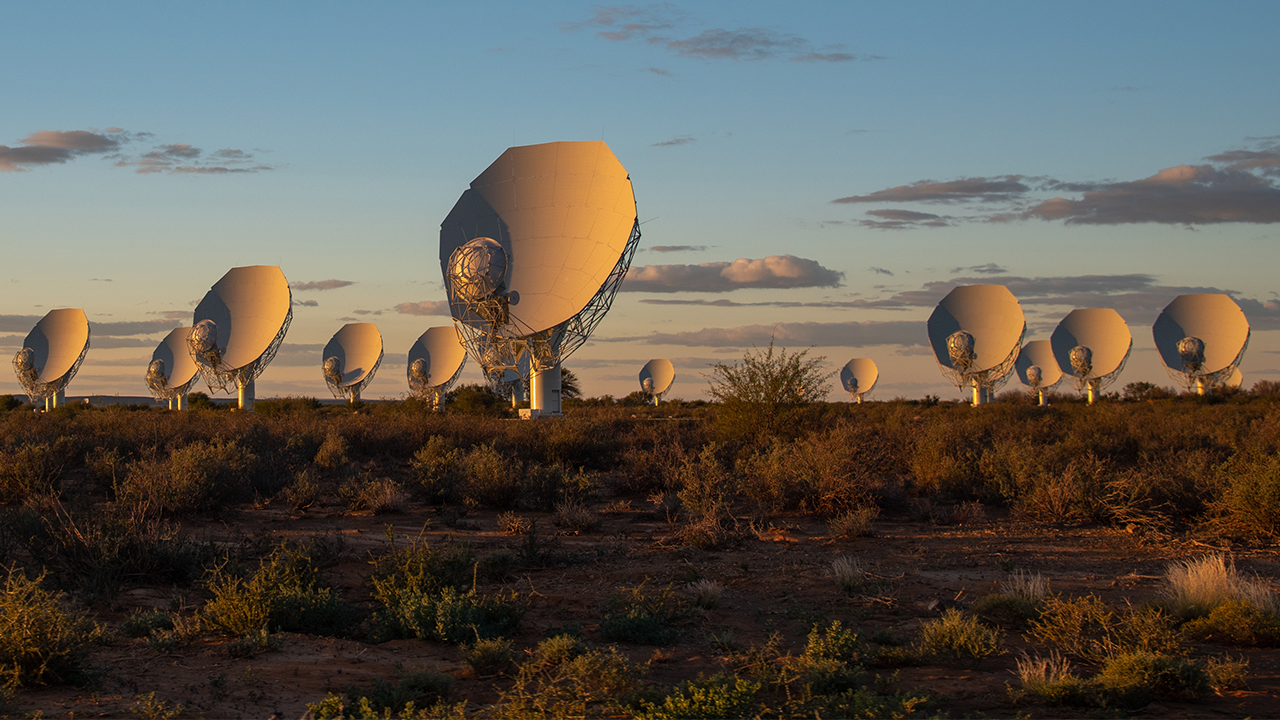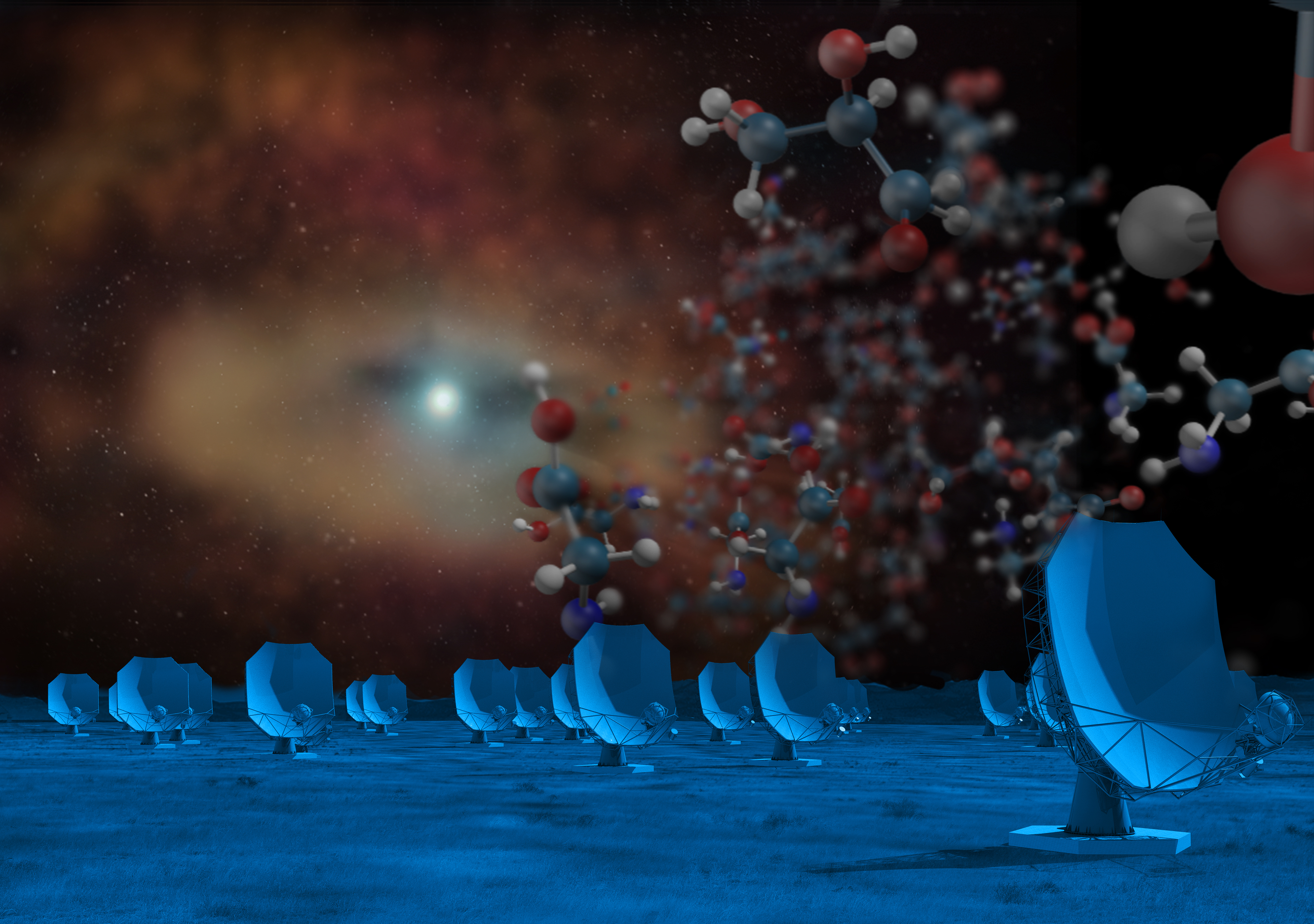Motivation

Key Topics
- Assessing cold ISM structure in galaxies across scales and the processes shaping it through spatially resolved observations.
- Relationship between cold gas and dust.
- Impact of star formation and active galactic nuclei on their surrounding cold ISM and how this is best probed by infrared and radio instruments.
- Radio and infrared probes of astrochemistry and ISM physical properties.
Goals
This Focus Meeting will bring together the communities that work on long wavelength radio observations, together with the infrared community working on JWST resolved observations of galaxies and the Milky Way, and the dust and interstellar medium theory and simulation community. The objective is to put together a coherent view of feedback and its impact on the structure of the interstellar medium, its phase equilibrium, and chemistry, that cuts across a wide range of wavelengths (centimeters to microns), spatial scales (parsecs to tens of kiloparsecs), and techniques. This meeting is intended to support the emergent field of combining spectroscopic and continuum observations of the interstellar medium across scales and wavelengths.
Our goal is a forward-looking meeting covering a wide range of spatially resolved interstellar medium science using radio and infrared instrumentation as well as theory and simulations. On the small scales this includes atomic and molecular clouds in the Milky Way and in nearby galaxies, their formation, substructure, chemistry, dust emission, stability, and destruction by feedback processes. On larger scales we will look at galaxy structure, disk gas flows and gas transport, accretion processes, fountain flows, galaxy winds, the circumgalactic environment, and feedback processes caused by star formation and AGN. The science that SKA and ngVLA will produce in these areas will be explored in the context of the rapid progress afforded by the SKA precursors, ALMA, and JWST, identifying the technical and scientific areas that will most benefit from investment in the following years. As an end goal, we will articulate the most exciting scientific questions that need to be addressed by SKA and ngVLA in order to improve our understanding of how baryons are processed by galaxies.
Why now?
With the construction of the SKA phase 1 and its precursors in South Africa and Australia, and the endorsement of the ngVLA as a decadal priority in the US, radio astronomy is entering a new era. These extremely capable facilities will revolutionize our understanding of the processes that take place in the interstellar and circumgalactic medium, shaping galaxies. At shorter wavelengths, the first decade of ALMA and the long awaited and now fully operational JWST are providing key complementary spatially resolved information on the molecular medium, dust, chemical probes, and feedback processes. The XXXII IAU General Assembly provides an ideal venue and time frame to assess the understanding gained from ALMA, JWST, and the SKA precursors and evaluate the questions that will drive science in the area of galaxies and interstellar medium in the next decade, to be addressed with resolved observations of galaxies by SKA, ngVLA, and other future facilities at IR to radio wavelengths.
The timing of this 2024 meeting is ideal, as feedback provided by the community will be gathered in time to influence technical and operational priorities for both the SKA and ngVLA, and inform an eventual ALMA upgrade (for example, the large dynamic range in angular scales and flux recovery required by this science is not trivially met by interferometers). As the hosting country of both the mid-frequency SKA and the IAU General assembly, South Africa provides the ideal frame for these discussions.
